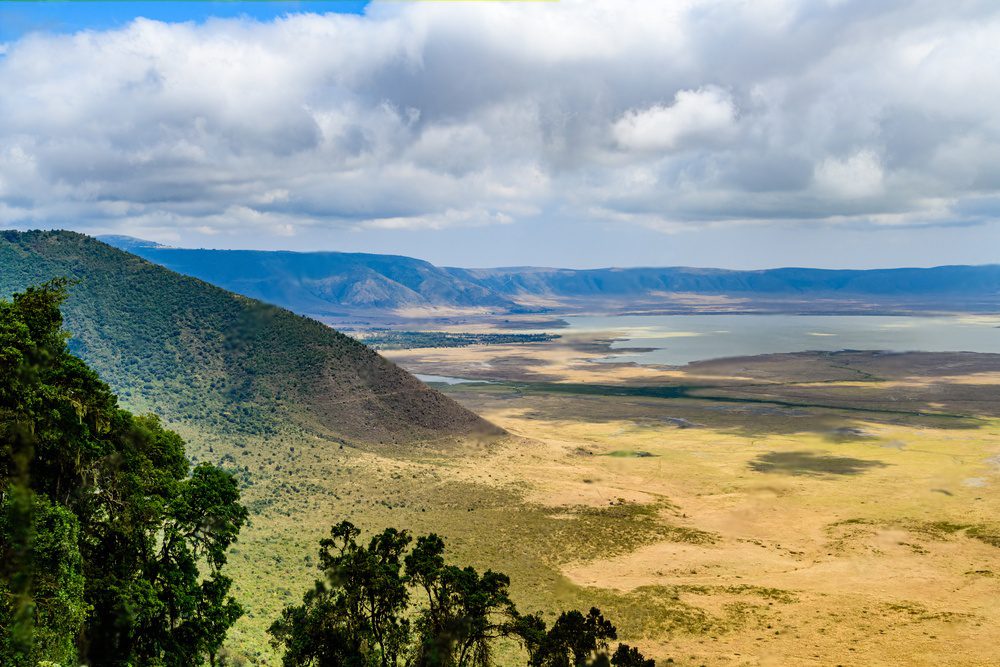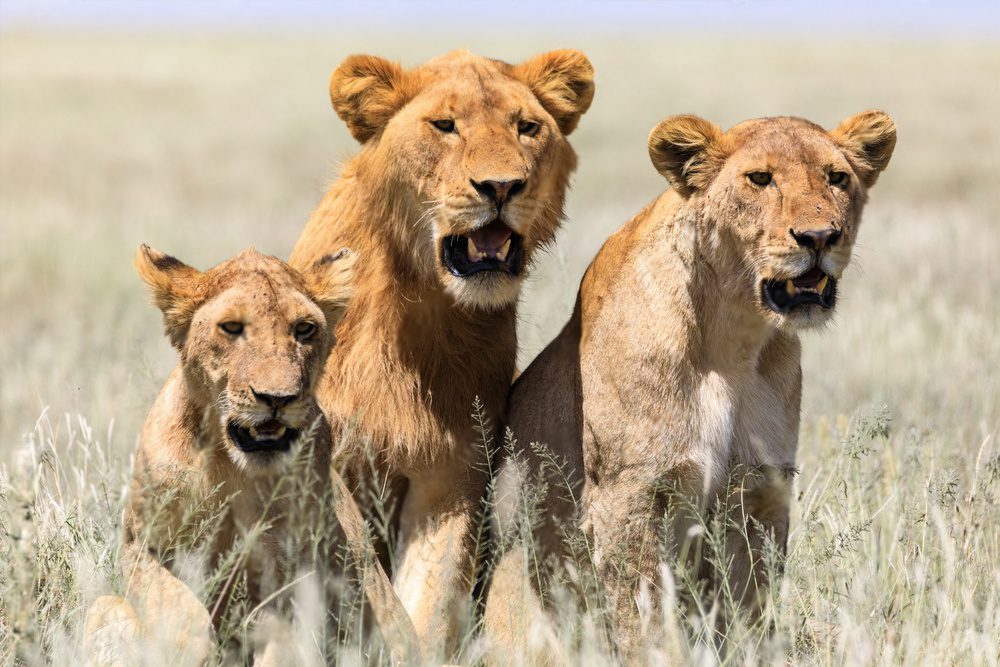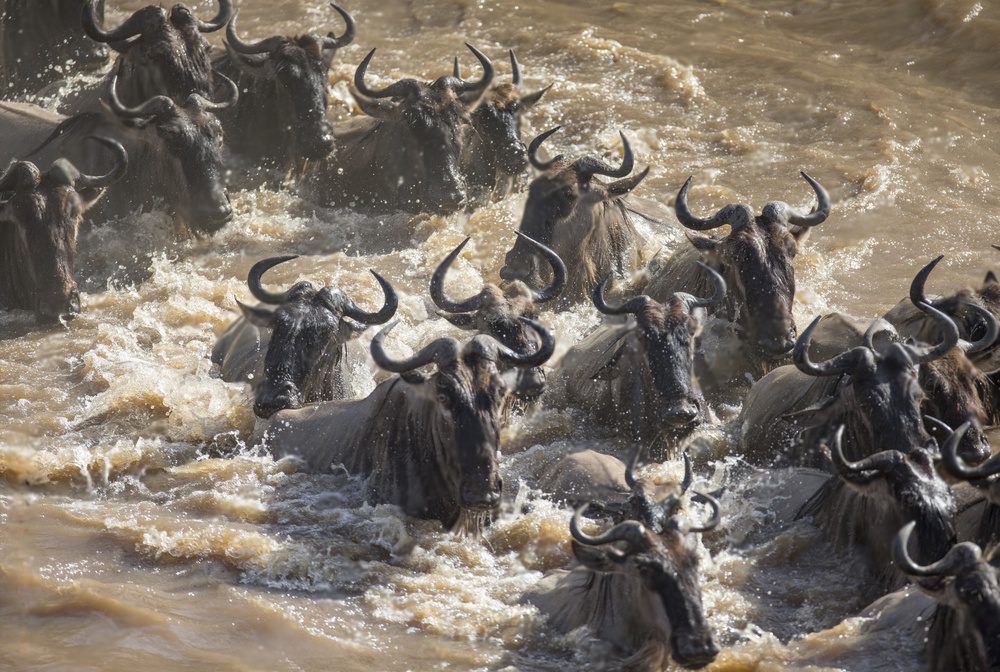Kitulo National Park
Description
Locals refer to the Kitulo Plateau as Bustani ya Mungu – The Garden of God – whereas botanists have dubbed it the Serengeti of Flowers, host to ‘one of the great floral spectacles of the world’, and only of its kind in Africa where wild flowers, birds and harmonious grass eating mammals are dominating
Kitulo is indeed a rare botanical marvel, home to wildflowers for six months of the year, from November to April. There is a documented 350 species of wild flowers including lilies and fields of daisies. 45 endemic orchid species are found only in the park than any other part of the world, from June to August the entire park is foggy with no visibility during the daytime, and it is hardly possible to view its beauties.
Perched at around 2,600 metres (8,500 ft) between the rugged peaks of the Kipengere, Poroto and Livingstone Mountains, the well-watered volcanic soils of Kitulo support the largest and the most important montane grassland community in Tanzania.
Although sparse in big game, this natural botanical garden is highly alluring to bird watchers who thrill to sightings of rare Denham’s bustard, the endangered blue swallow, mountain marsh widow, Njombe cisticola and Kipengere seedeater.
Endemic species of butterfly, chameleon, lizard and frog further enhance the biological wealth of God’s Garden. Unique and the only of its kind in Africa for natural orchids and birds, this park has been gazetted last year set for tourists.
Open walking safaris through the grasslands watching birds and wild flowers, hill hiking on the neighboring ranges during the day, gives a visitor fantastic views of Lake Nyasa and its beautiful Matema Beach down the mountains.
When full flocked, Kitulo National Park will be the leading nature conservation park in Africa, specializing on orchid holidays with less wildlife itineraries. It will add a new product to Tanzania’s wildlife-based tourism, which so far, has been competing with other destinations like Kenya, Zimbabwe, Botswana, Namibia and South Africa.
Because of its cool and moderate weather similar to Mediterranean or European conditions, the area has since then attracted a number of British and American settlers in 1920’ who reared livestock and practiced small scale tourist projects.



